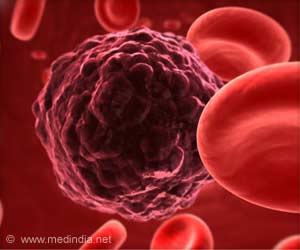Manipulating a genetic pathway associated with heart could help provide more effective strategies in treating obesity, diabetes and heart disease.

Using mice fed a high-fat diet, researchers found that manipulating a heart-specific genetic pathway prevents obesity and protects against harmful blood-sugar changes associated with type 2 diabetes. The scientists' findings appear in the April 27 issue of Cell.
"Obesity, diabetes, and coronary artery disease are major causes of human death and disability, and they are all connected to metabolism. This is the first demonstration that the heart can regulate systemic metabolism, which we think opens up a whole new area of investigation," said Dr. Eric Olson, chairman of molecular biology at UT Southwestern and senior author of the study. Lead author of the Cell paper is Dr. Chad Grueter, a postdoctoral researcher in molecular biology.
Their study used genetically altered mice and an experimental drug to manipulate levels of two regulatory molecules in the heart. The scientists found that MED13, a crucial part of a gene pathway in the heart, controls whole-body metabolism while miRNA-208a, a heart-specific microRNA, inhibits the action of MED13.
Mice with MED13 levels that were increased either genetically or by a drug were lean and showed an increase in energy expenditure, the researchers said. In contrast, mice genetically engineered to lack MED13 in the heart showed increased susceptibility to diet-induced obesity. These mice also had aberrant blood-sugar metabolism and other changes similar to those of a group of conditions called metabolic syndrome, which is linked to the development of coronary artery disease, stroke, and type 2 diabetes.
MicroRNAs are small snippets of genetic material once considered of little interest because they do not code for the proteins used in body processes the way larger strands of genetic material do. In recent years, these molecules have emerged as key regulators of disease and stress responses in various tissues. At least 500 microRNAs have been identified.
Advertisement
The current study builds on that original observation by identifying the role of miR-208a and its target MED13 in regulating systemic metabolism. How this heart-specific microRNA communicates with cells throughout the body will be the subject of future studies, Dr. Grueter said.
Advertisement
Source-Eurekalert















